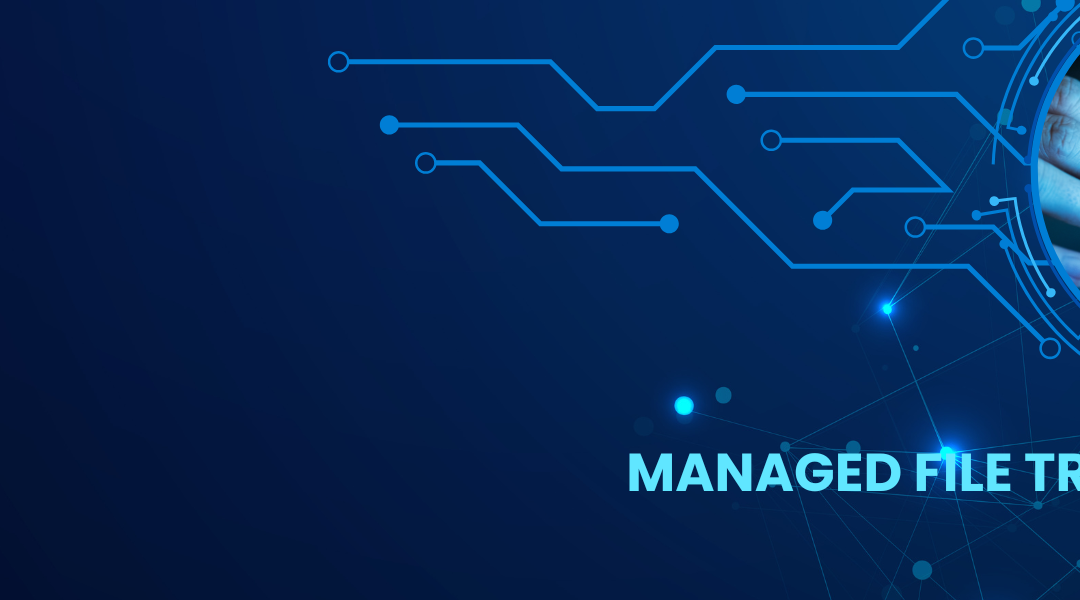Introduction
With organizations increasingly seeking flexibility, security, and cost efficiency, cloud migration has become a critical strategic decision. While cloud adoption offers numerous advantages, it is essential to weigh the benefits, challenges, and strategies to ensure a seamless transition.
What is Cloud Migration?
Cloud migration is the process of moving applications, data, and workloads from on-premises infrastructure to cloud-based environments. This transition enables businesses to enhance scalability, reduce operational costs, and improve disaster recovery capabilities.
Benefits of Moving to the Cloud
✔ Enhanced Scalability
Businesses can dynamically scale resources based on demand without over-provisioning hardware.
✔ Cost Efficiency
Moving to the cloud normalizes expenditures associated with maintaining physical servers and IT infrastructure.
✔ Improved Security & Compliance
Leading cloud providers offer advanced security measures such as encryption, firewalls, and regulatory compliance frameworks.
✔ Business Continuity & Disaster Recovery
Cloud-based solutions provide automated backups, redundancy, and failover capabilities to minimize downtime.
✔ Increased Collaboration & Accessibility
Teams can collaborate in real-time from anywhere, improving productivity and workflow efficiency.
Challenges of Cloud Migration
▶ Data Security & Privacy Risks
Organizations must ensure sensitive data is protected with robust security measures.
▶ Downtime & Migration Complexity
Poorly planned migrations can lead to business disruptions and application downtime.
▶ Cost Management
Without proper planning, cloud services can lead to unexpected costs from overuse or inefficient resource allocation.
▶ Vendor Lock-in
Dependency on a single cloud provider can limit flexibility and increase switching costs in the future.
▶ Compliance & Regulatory Requirements
Industries with strict regulations must ensure compliance when moving data to the cloud.
▶ Multi-Cloud Transfer Complexity
Managing secure transfers across multiple cloud platforms introduces significant challenges in auditability, access control, and data visibility.
Best Practices for a Secure and Efficient Cloud Migration
◆ Assess Business Needs
Conduct a cloud readiness assessment to identify workloads suitable for migration. Request your Cloud Readiness Assessment.
◆ Choose the Right Cloud Model
Select from public, private, or hybrid cloud options based on security, control, and cost considerations.
◆ Implement a Phased Migration Strategy
Migrate workloads incrementally to minimize disruptions and test performance.
◆ Prioritize Security & Compliance
Utilize encryption, access controls, and compliance frameworks to secure cloud-based assets.
◆ Monitor & Optimize Performance
Continuously analyze cloud usage, costs, and performance to maximize ROI.
How South River Technologies Supports Cloud Migration—and What Comes Next
At South River Technologies, we provide advanced solutions that support your cloud journey from assessment through post-migration operations. While planning is essential, what happens after migration is where true operational value is unlocked.
Secure File Transfers After Migration: Why Titan Matters in the Cloud
Once your infrastructure is cloud-based, maintaining secure and compliant file transfers becomes critical to business continuity and performance. Titan from South River Technologies delivers advanced capabilities designed for today’s hybrid and cloud-native environments:
✔ Cloud-Native File Transfer Architecture
Titan integrates with leading cloud service providers (CSPs) like AWS, Azure, and Google Cloud, enabling encrypted file transfers over SFTP, FTPS, and HTTPS with zero compromise. Explore Titan’s Secure File Transfer Capabilities.
✔ Zero Trust Security, Data Ownership & Access Control
Titan aligns with modern Zero Trust frameworks, enforces multi-layered access control, and supports HIPAA, GDPR, and FedRAMP compliance—ensuring enterprise-grade governance post-migration.
✔ Elastic Scalability & Automation
Titan’s containerized and scalable infrastructure supports large file transfers and automated workflows that respond dynamically to cloud demand.
✔ Endpoint & File-Level Protection
With built-in threat detection and malware prevention, Titan protects cloud environments at the file level—ensuring business continuity and resilience.
✔ Marketplace Deployment & Integration
Titan is available via Azure Marketplace, streamlining deployment while reducing infrastructure provisioning overhead. API support enables integration with your broader cloud ecosystem.
✔ Full Visibility & Audit Logging
Titan offers real-time monitoring and comprehensive audit logs—critical for compliance and operational transparency.
✔ Optimized for Hybrid Cloud Operations
Whether operating in a hybrid model or fully in the cloud, Titan adapts to your environment—supporting seamless transfers between cloud, on-prem, and edge locations.
Handling Multi-Cloud Complexity with Titan
As enterprises increasingly adopt multi-cloud architectures, the challenge of maintaining visibility, security, and performance across disparate platforms grows. Titan addresses these gaps by offering centralized control over data movement, eliminating the blind spots created by legacy tools or manual processes.
With advanced audit logging, real-time access controls, and native CSP integrations, Titan ensures that files remain secure and compliant—no matter where they reside or how they move.
Explore Our Solutions
◆ Discover Secure File Transfer Solutions
◆ Learn more about our Cloud Solutions
◆ Request a Cloud Readiness Assessment
◆ Simplify Secure Cloud Access with WebDrive
Get technical insights and best practices—download our secure file transfer resources.
Conclusion
Cloud migration is a transformative step toward enhancing scalability, security, and cost efficiency. However, a well-planned strategy is crucial to mitigate risks and ensure a smooth transition. By leveraging expert guidance and secure file transfer solutions like Titan, businesses can maintain operational continuity and embrace the future of cloud computing with confidence.
For more insights and tailored cloud migration strategies, follow our blog or contact us today.
Frequently Asked Questions
How do I determine if my business is ready for cloud migration?
Conduct a cloud readiness assessment to evaluate infrastructure, security, and cost implications.
What security measures should I prioritize during migration?
Implement encryption, multi-factor authentication, and compliance-based security controls.
How can I minimize downtime during migration?
Use a phased migration strategy, conduct thorough testing, and ensure rollback options are in place.
What are the cost considerations when moving to the cloud?
Plan for both upfront and ongoing costs, optimize resource allocation, and monitor usage analytics.







